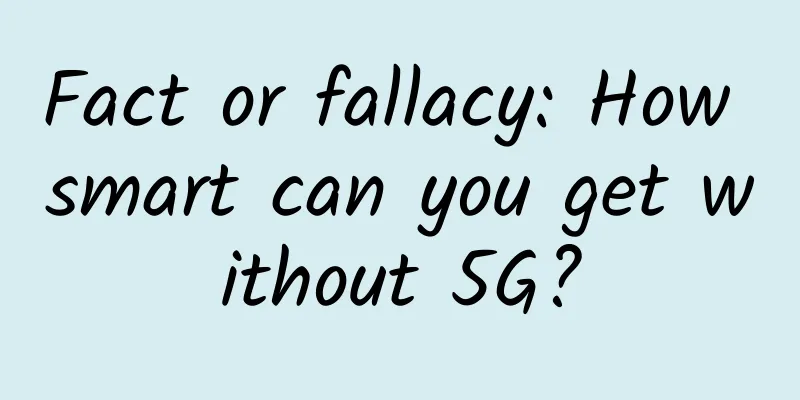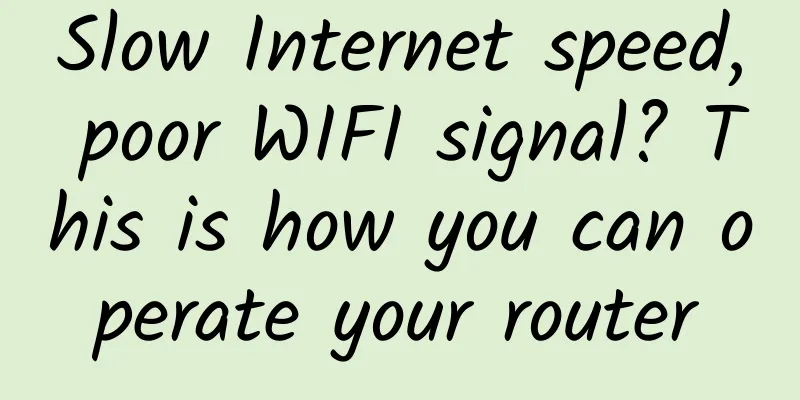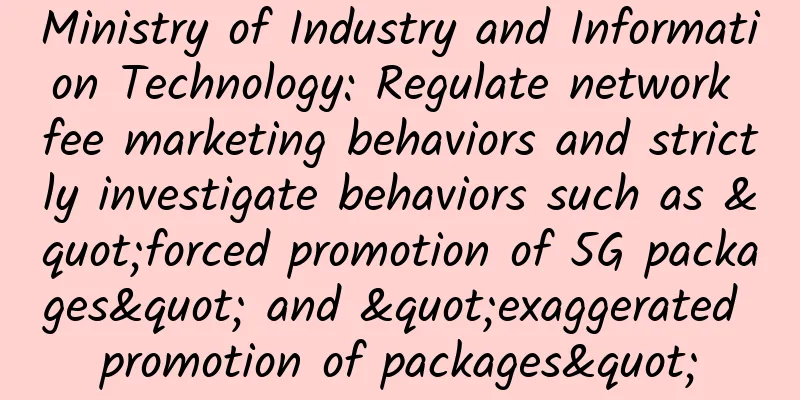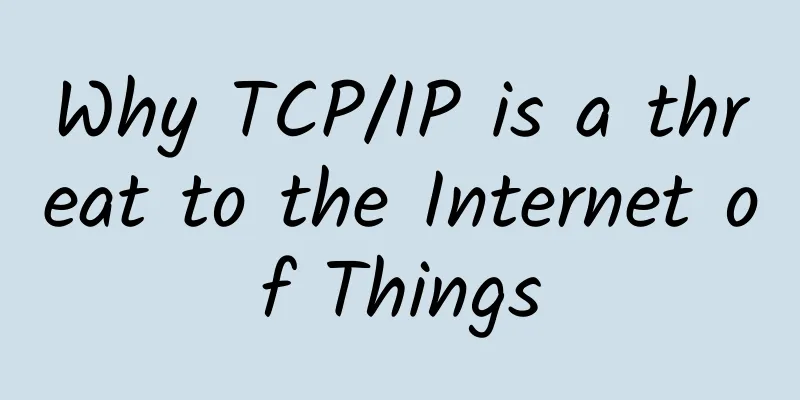Fact or fallacy: How smart can you get without 5G?

|
Smart city development relies on the expansion of 5G technology. "Cities around the world are adding technology to improve environmental, financial, and social aspects of city life. Cities that use technology in this way to improve the lives of citizens and improve communication between residents and city officials are called 'smart cities,'" ZDNet said. Still, there are many things a city can do to become smart without 5G. Here, we explore some of the myths surrounding 5G capabilities and smart cities by looking at which claims about 5G are fallacies and which are facts. Myth: Cities can’t become smart without 5GWhile 5G is not a requirement for smart cities, this new generation of cellular technology will provide cities with the opportunity to use data and IoT devices and sensors to improve people's lives. Many cities in the United States have launched digitalization plans in the past few years, but none has built a fully operational smart city. Smart cities require strong wireless networks to transmit data collected by IoT sensors and support millions of connected devices. 5G has a high coverage density, which is necessary for high-bandwidth and low-latency smart city applications. Fact: 5G will coexist with other wireless technologiesWhen building smart cities, 5G must coexist with other wireless technologies to meet a variety of use cases. Whether coupled with Wi-Fi in buildings, high-capacity satellite in rural areas, or fiber networks in densely populated cities, 5G will complement rather than replace these other forms of mobile broadband. Although 5G is rolling out, it is not expected to be widespread in the United States until at least 2025. Before 5G can reach the scale required to support smart cities, 5G networks must become open, interoperable, and standards-based. This will promote innovation and competition and make 5G easier to deploy. Myth: 5G is a faster version of 4GWhile that's somewhat true, 5G is a new technology that uses new frequencies and systems. It uses high-frequency spectrum and can carry far more data than 4G. In fact, 5G is designed to be nearly 100 times faster than 4G. Latency, or the time it takes for a device to communicate with the wireless network, is much lower with 5G. Another key difference: 5G is designed to be cloud-native and software-based, meaning that network functions that once relied on physical hardware can be offloaded to the cloud, according to the BSA Foundation. Fact: Self-driving cars need 5G connectivityAutonomous vehicles must be able to operate safely and independently in areas with high vehicle density, such as highways and cities, without human intervention. To communicate with road infrastructure, autonomous vehicles rely on vehicle-to-everything technology, which requires higher data rates, higher reliability, low latency, and response times of a few milliseconds. Today's operators and automakers are building 5G autonomous vehicles that integrate these technologies. The accelerated deployment of 5G wireless networks is necessary to bring self-driving cars to the masses. 5G will provide additional network capacity through new frequency bands and the ability to manage many connected objects, including cars, sensors and infrastructure. “When building smart cities, 5G will have to coexist with other wireless technologies to meet a variety of use cases.” - Zeus Kerravala, principal analyst at ZK Research Myth: Smart buildings rely on 5GSmart buildings require the integration of traditional infrastructure with IoT sensors and applications, cloud services, and next-generation wireless networks to access large amounts of data in real time. 5G networks can handle more connections per tower. In addition, 5G's low power requirements make it easier and more economical to deploy mobile battery-powered devices within buildings. In dense urban environments, 5G will be deployed alongside wireless technologies such as Wi-Fi 6, which are comparable in terms of throughput, reliability, and latency. Fact: 5G supports edge computingAs 5G connects IoT devices and sensors, edge data will grow exponentially. Technologies such as edge computing and network slicing maximize the performance of wireless networks by processing data locally. 5G significantly reduces latency and increases data processing speed. Therefore, Deloitte said that 5G and edge computing, as complementary technologies, can improve application performance and bring computing power closer to end users. As 5G networks continue to be built, edge computing can be used together with 5G and the Internet of Things for many smart city applications. Fact: 5G requires a lot of energyAt first glance, 5G consumes much more electricity than 4G. In addition, as the Internet of Things grows rapidly over the next decade, energy use is expected to increase. However, over time, advances in 5G will make the technology more efficient. Studies have shown that today, the average 5G base station consumes three times more energy than a 4G base station. To reduce 5G costs, operators will likely deploy smaller transmitters that consume less power, but they will need more of them to cover large areas. As a result, 5G small cells are likely to become a common feature on city lampposts and other fixtures. |
<<: Bonree ONE 2.0: Fully launching the full-link observability journey
Recommend
RAKsmart adds new user discount code + recharge gift, Hong Kong/Japan/Singapore/Korea/US servers starting from $30/month
In addition to the recharge gift event, RAKsmart ...
edgeNAT: 20% off monthly VPS and 30% off annual VPS, free CDN when you buy VPS
edgeNAT has launched a new CDN product this month...
How should spaces and plus signs in URLs be encoded?
[[427910]] This article is reprinted from the WeC...
Promoting the integrated development of 5G and industrial Internet
As the application scenarios of 5G Industrial Int...
In a dual-state operation and maintenance environment, how does H3C effectively support enterprise IT operation and maintenance upgrades and transformations?
[51CTO.com original article] "Dual-state ope...
The Three Realms of Industrial Internet
The Industrial Internet platform is now very popu...
HostYun: Hong Kong CN2 GIA line Tsuen Wan data center AMD high-performance VPS monthly payment starting from 19.8 yuan
HostYun has added a new VPS product in Hong Kong&...
It’s 2022, why are there still so many network failures?
Failures happen every year, but this year they ha...
Come and have a look!!! TCP/IP knowledge points that you often overlook
Internet Layer Protocol In the DoD model, the Int...
MIIT: 4G and 5G will coexist for a long time, and 5G will not be built to dismantle 4G or limit speed
On August 22, Wen Ku, Director of the Communicati...
Analysis: Advantages and limitations of wireless data centers
For data center operators, the idea of a wirele...
The New Year season is coming and the hidden power of routers is unlocked
Wireless routers have entered thousands of househ...
How to Evaluate DCIM Tools for the Modern Data Center
There are almost too many data center infrastruct...
Faced with the policy requirement of "speeding up and reducing fees", why don't operators respond in this way?
As the Internet becomes more popular, the intelli...
Huawei: Practicing all-optical autonomous driving networks and leading the quality evolution of one network and three industries
[Shenzhen, China, April 21, 2023] Recently, the 2...









